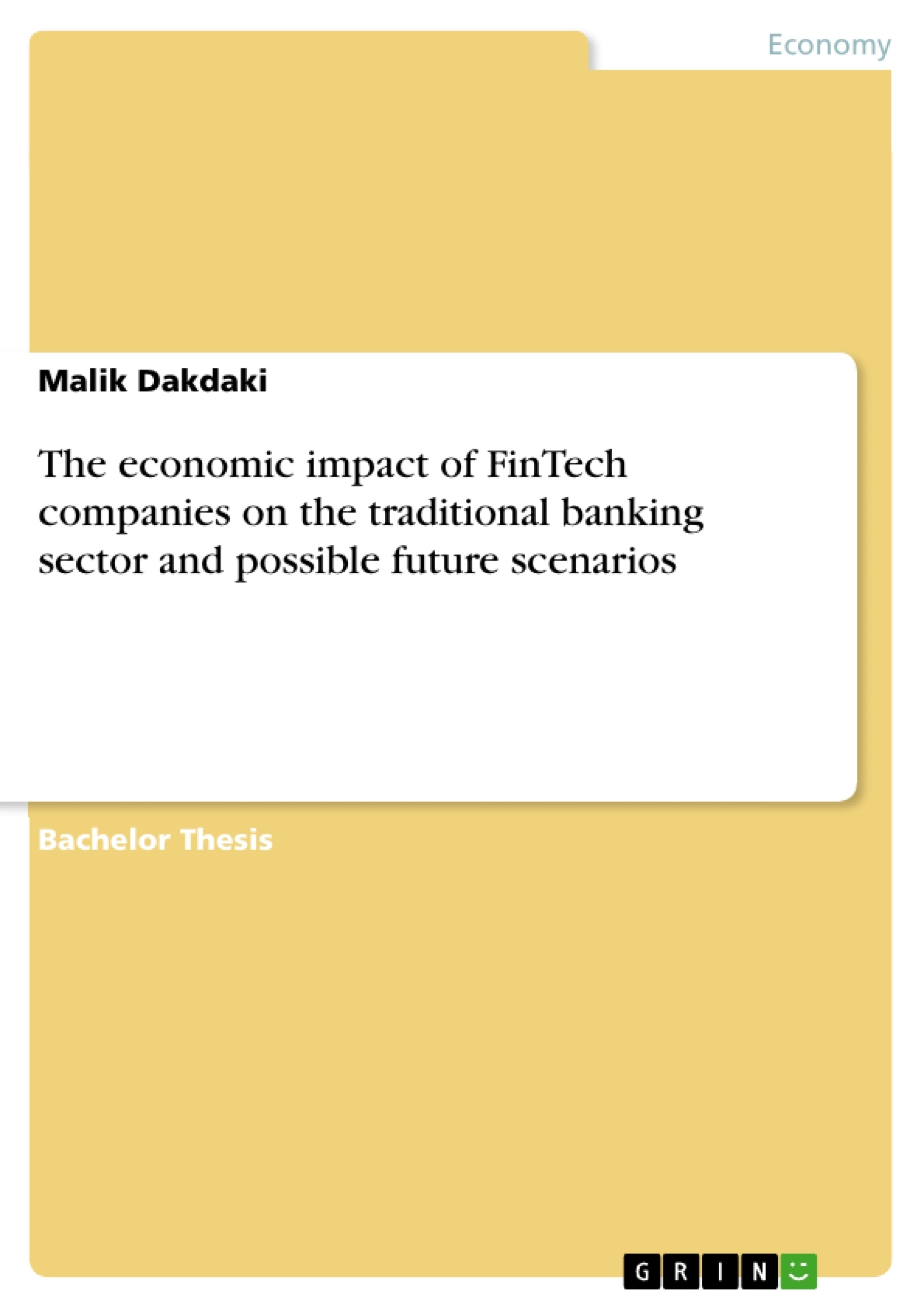The beginning of the digital revolution at the turn of the millennium has ushered in a structural change in many sectors. Due to the increased use of modern information and communication technologies (ICT), several sectors have already experienced existential economic implications.
This is especially evident in the music, media and publishing industries. For example, music is not only purchased on CDs from local retail stores, but is also increasingly consumed via the Internet through streaming services such as Spotify. Videos store rentals compete with the comfortable video-on-demand services available in customers’ own homes. The Internet as a medium for information and consumption for products and services has established itself as a faster, more comfortable and more efficient channel in comparison to traditional sales channels.
Stationary retail stores were also not spared from digital disruption. The market research institute Gesellschaft für Konsumforschung (GfK) predicts a doubling of the online share of retail sales from currently to 20% by the year 2025. At the same time, new and innovative market participants known as financial technology or FinTech companies are edging into the financial sector and trying to gain market share from established banks through customer-friendly products and services. Nevertheless, the banks do not seem to recognize the seriousness of the situation and therefore are reluctant to adapt to the new situation.
However, experience has shown that ignorance of an industry’s digitization has already led to the fall of large and established companies. As a well-known example in the technology industry, Kodak is often referred to in this context. The company’s reaction to the digital disruption took place too late, whereas other companies had already recognized the trend towards digital photography at an earlier stage and prepared corresponding products. As a result, Kodak plummeted from the top of the photography technology industry.
Evidence of ongoing digital disruption of the financial services sector has already been provided in the form of a new type of bank, the direct bank, which was first introduced in the early 1990s . FinTech companies seek to take advantage of this success and gain customers and market share by offering innovative solutions for financial products and services.
Inhaltsverzeichnis (Table of Contents)
- 1 Introduction
- 1.1 Purpose of this thesis
- 1.2 Scope
- 1.3 Structure
- 2 Theoretical foundations
- 2.1 Business model
- 2.2 Value chain
- 2.3 Traditional German banking sector
- 2.3.1 Retail Banking
- 2.3.2 Sources of income in retail banking
- 2.3.3 Cost situation in retail banking
- 2.4 FinTech - emerging challengers of traditional banks
- 2.4.1 FinTech definition
- 2.4.2 FinTech business models
- 3 Economic impact and possible future scenarios
- 3.1 Driving forces behind FinTech companies
- 3.1.1 Customer behavior in transition
- 3.1.2 Trends in banking technologies
- 3.1.3 Cryptocurrencies
- 3.2 Core areas of FinTech companies
- 3.2.1 Payment
- 3.2.2 Lending
- 3.2.3 Personal finance management
- 3.3 Economic impact
- 3.3.1 Selected key performance indicators of a bank
- 3.3.2 Predictions about the future development of the selected KPIs
- 3.4 Possible future scenarios of banks
- 3.4.1 Ignore FinTech
- 3.4.2 Investments in the banks' own products and incubators
- 3.4.3 Cooperation and acquisition
- 3.5 Results
- 4 Conclusion and outlook
Zielsetzung und Themenschwerpunkte (Objectives and Key Themes)
This thesis aims to analyze the economic impact of FinTech companies on the traditional banking sector in Germany, focusing on the potential future scenarios for the industry. The study explores the driving forces behind the emergence of FinTech, the core areas of their operation, and their impact on key performance indicators of traditional banks.
- The rise of FinTech and its impact on the traditional banking sector
- The changing customer behavior and its influence on the financial services industry
- The role of technology in shaping the future of banking
- The economic impact of FinTech on banks' core business areas
- Potential future scenarios for banks in the face of FinTech competition
Zusammenfassung der Kapitel (Chapter Summaries)
- Chapter 1: Introduction This introductory chapter outlines the purpose, scope, and structure of the thesis. It highlights the significant impact of digital disruption across various industries, including the financial sector, and the emergence of FinTech companies as major players.
- Chapter 2: Theoretical Foundations This chapter provides a theoretical framework for understanding the impact of FinTech on the traditional banking sector. It defines key concepts like business model, value chain, and the structure of the traditional German banking sector, particularly focusing on retail banking and its sources of income and cost situation. It also introduces FinTech companies, their definition, and their business models.
- Chapter 3: Economic Impact and Possible Future Scenarios This chapter delves into the economic impact of FinTech companies on traditional banks. It analyzes the driving forces behind FinTech, including changing customer behavior, trends in banking technologies, and the rise of cryptocurrencies. The chapter also explores core areas of FinTech operations, such as payment, lending, and personal finance management. The economic impact is assessed through key performance indicators of banks, and predictions are made about the future development of these indicators. Finally, the chapter discusses possible future scenarios for banks in response to FinTech competition, including ignoring FinTech, investing in their own products and incubators, and engaging in cooperation and acquisition strategies.
Schlüsselwörter (Keywords)
This study focuses on the economic impact of FinTech companies on the traditional banking sector. Key terms and concepts include FinTech, digital disruption, traditional banking, retail banking, customer behavior, banking technologies, cryptocurrencies, payment, lending, personal finance management, key performance indicators, and future scenarios.
- Citation du texte
- Malik Dakdaki (Auteur), 2017, The economic impact of FinTech companies on the traditional banking sector and possible future scenarios, Munich, GRIN Verlag, https://www.grin.com/document/378376



